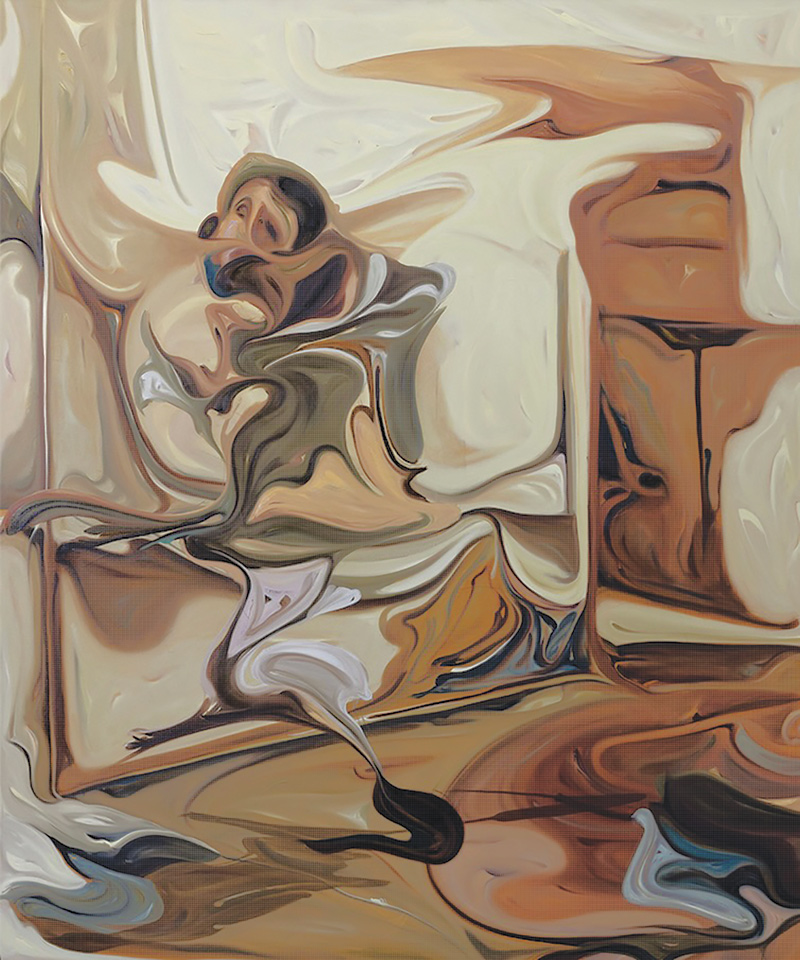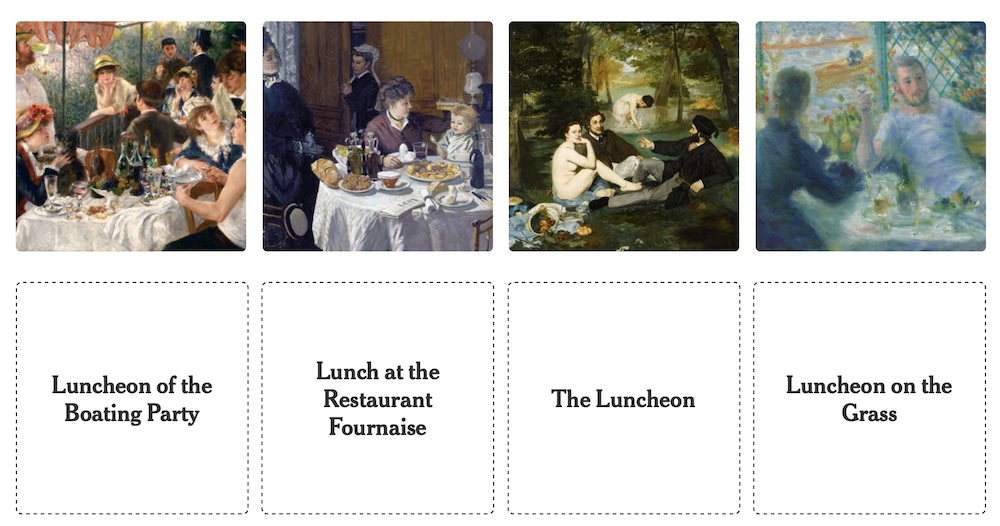We All We Got: Art Supports Social Change

BY AMANDA ROSCOE MAYO
Chicago is no stranger to social injustices and violence. This past summer alone the south side saw the city’s most violent and deadly weekend to date (as of press time in August 2014) with 84 people shot and 14 killed over the Fourth of July weekend. An abundance of stray bullets wounds unintended targets on a regular basis. Bullets do not discriminate; they pierce the young and the old regardless of the color of their skin, gang affiliation, or religious beliefs.
There are, however, areas of Chicago that are hotter than others for gun violence. To document the atrocities in these danger zones, with a focus on youth, photographer Carlos Javier Ortiz spent eight years embedded in several of the most troubled communities on the South Side, taking his various film cameras to the streets, capturing moments in the lives of those affected—documenting vigils, prom, graffiti, the aftermath of recent shootings, church services, funerals, and individuals. The project also includes Ortiz’s collection of “wanted” fliers offering rewards for information leading to the arrest of individuals responsible for the death of a loved one in the community. These fliers, photographs, essays, and letters describing the weight of the community’s experience are published as a book titled, We All We Got.
Donning the same name and on view at David Weinberg Gallery, We All We Got is also an exhibition of Ortiz’s photographs, fliers, polaroids, and more; the show marks a turn for the gallery. For the past decade Weinberg has operated his River North space as a venue for group photography shows and a showroom for his own photography. Beyond the art world Weinberg has long been vested in educational reform in Illinois as chairman of the board of the Illinois Network of Charter Schools and as a board member of the Noble Network of Charter Schools; through his regular work with the city, he is more than mindful of the daily challenges Chicago youths face. Combining his dual passions, now David Weinberg Gallery will focus on photography centered on social justice. The model Weinberg has created is one where the art community and the non-profits working to improve the quality of life for those affected can come together and offer the public the chance to not only be moved by art but to use it to make a difference. Each exhibition will identify a certain area of interest, and Weinberg will select two or three non-profit beneficiaries. For Carlos Javier Ortiz’s exhibition Weinberg will donate proceeds to “Kids Off the Block” and “Youth Service Project.” Both organizations are hard at work in Chicago to provide support and alternatives to youth who face the demons of drugs, juvenile detention, violence, and other challenging circumstances.
Photography has a long history of documenting a community; it is a medium that allows the rest of the world to see what shapes that community and gives those involved a chance to be self-reflective. Traditionally we know this type of work as photojournalism, but there are also fine art photographers using photojournalistic tactics to make bodies of work. Ortiz cites Eugene Richards, Dorothea Lange, and W. Eugene Smith as references, which is apt because of style as well as content. Richards, Lange, and Smith all notably captured the effects of war, economic decline, poverty, and violence, largely in the United States. Ortiz’s observations on the South Side have made this body of work both personal and relatable.
Art can provide access to a charged, complicated issue that is otherwise unattainable to someone not facing the challenges being captured. Do most Chicago residents really know how bad things are for the victims of violence? How can we? Ortiz shows as much as he can. His images don’t just depict death - they tell the story of those who have survived and must go on living. What gives the photographer’s images their power is their raw truth, along with the citizen’s knowledge that something must be done to decrease this violence and give youth a fighting chance. By partnering with organizations who are already doing critical work in the communities affected, Weinberg’s gallery has an opportunity to use art to progress change. Though certainly optimistic, the effort is a worthy, timely one.
To advance this exhibition and new gallery direction, many events will be offered to both the art community and the related social justice non-profits here. This fall an opening reception celebrating Ortiz’s work and his book’s publication will take place October 10th. The following day there will be an artist talk by Ortiz and a book signing. On October 15th the event moves out of the gallery to “Art Works Project for Human Rights” to get to the core of the exhibition: youth violence and neglect. As an organization “Art Works Project” tackles major human rights issues throughout the world, such as genocide, women’s rights, human trafficking, and child labor. Hosting this panel regarding the affects of violence among youth in Chicago signifies that this large issue is screaming for attention. The panelists are Alex Kotlowitz (author and contributor to Ortiz’s book), Luke Anderson (an advocate involved in urban education in Chicago), Diane Latiker (Founder and Director of “Kids Off the Block”) and Carlos Javier Ortiz (the artist). It is Weinberg and Ortiz’s hope that these various events can serve as entry points into the project and the issue at hand. We All We Got is an opportunity for members of the art world, and the public, to become part of a conversation and potentially another means of support for a community desperately in need of resolution.
Carlos Javier Ortiz: We All We Got
October 10, 2014 – January 5, 2015
David Weinberg Gallery, 300 W. Superior, Chicago (60607)
• Opening Reception and Book Signing: October 10, 5-8 PM
•Artist Talk and Book Signing: October 11, 1-3pm
• Panel Discussion: October 15, 6-8pm at Art Works Projects for Human Rights, 1137 W. Taylor, No. 113, Chicago (60607)
Image at top: Carlos Javier Ortiz, LiL Al , 24” x 36”






